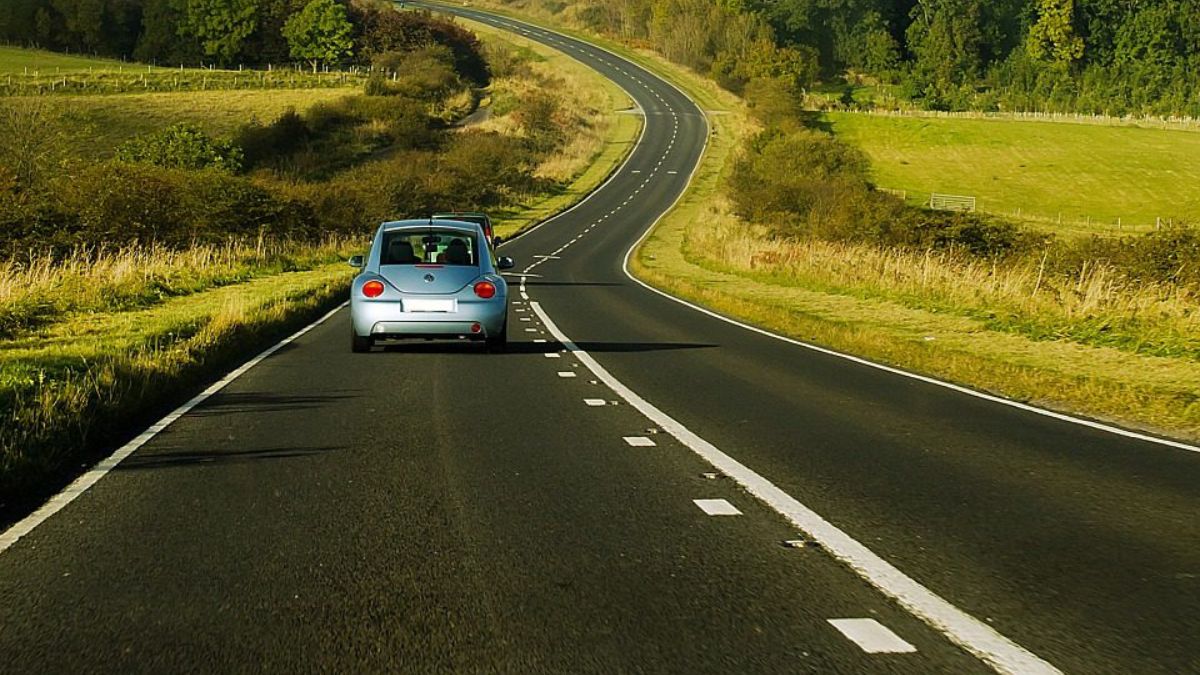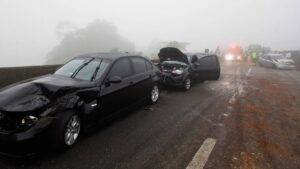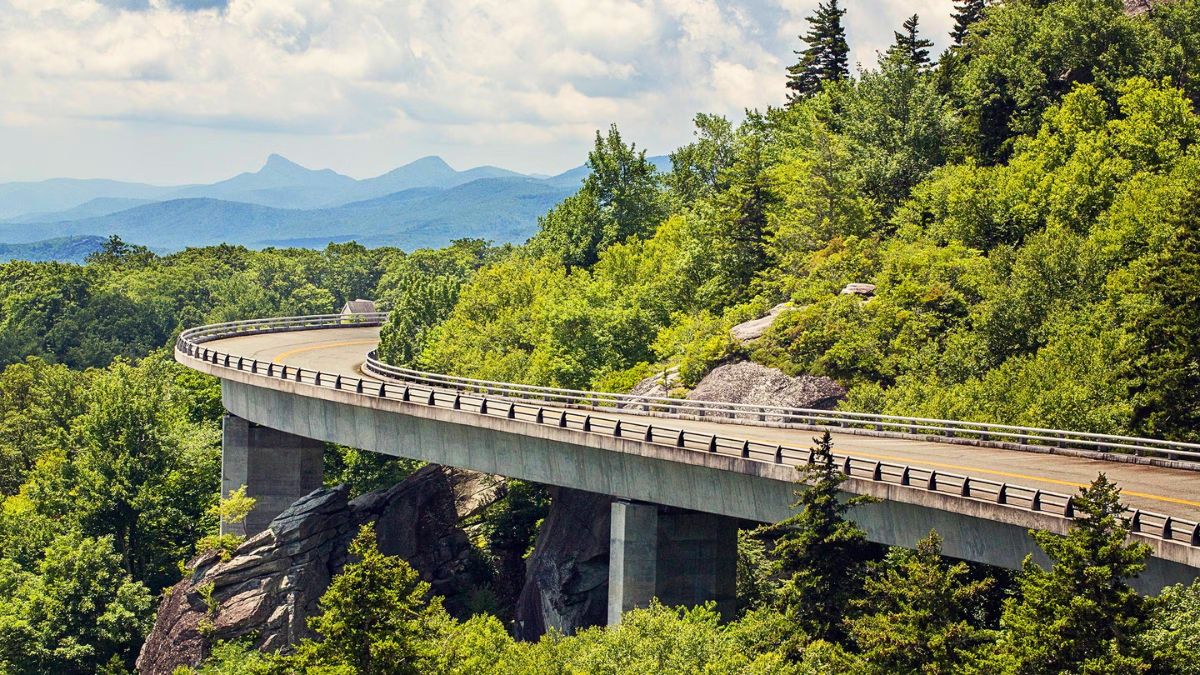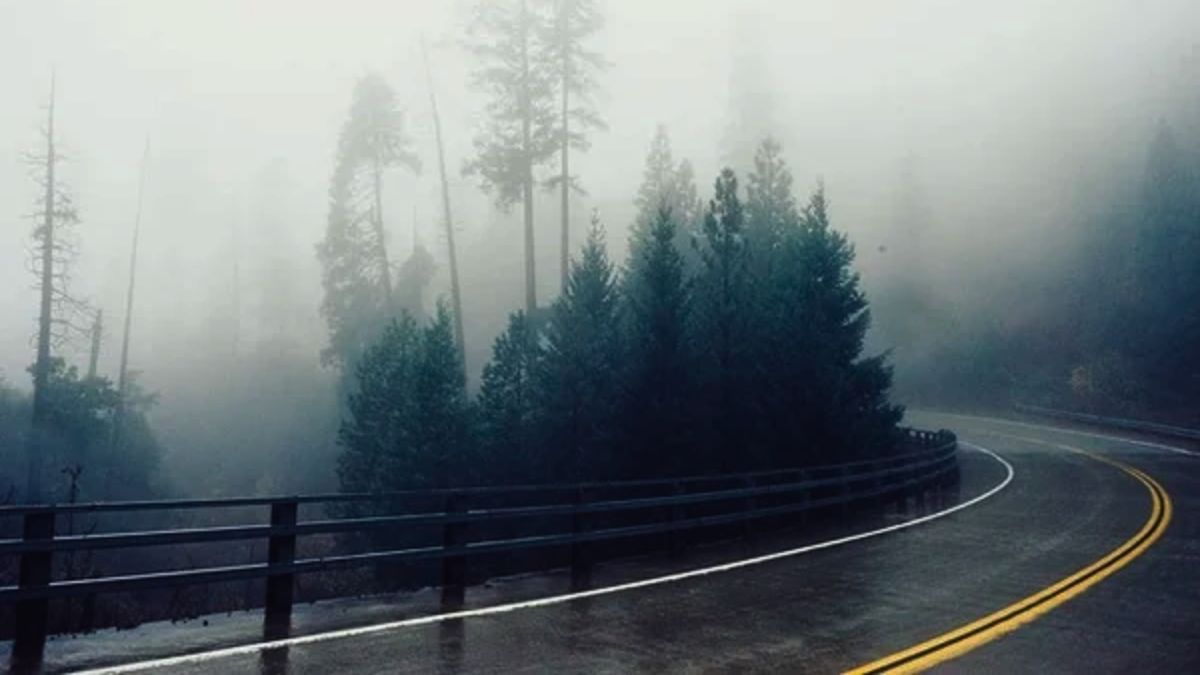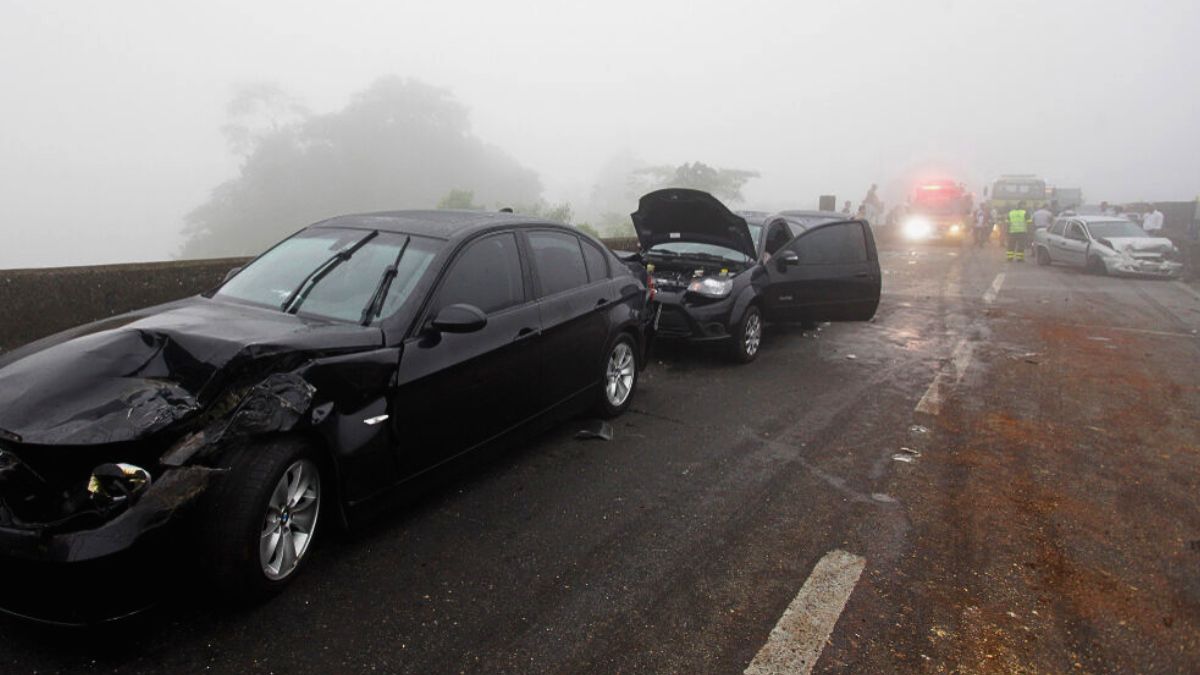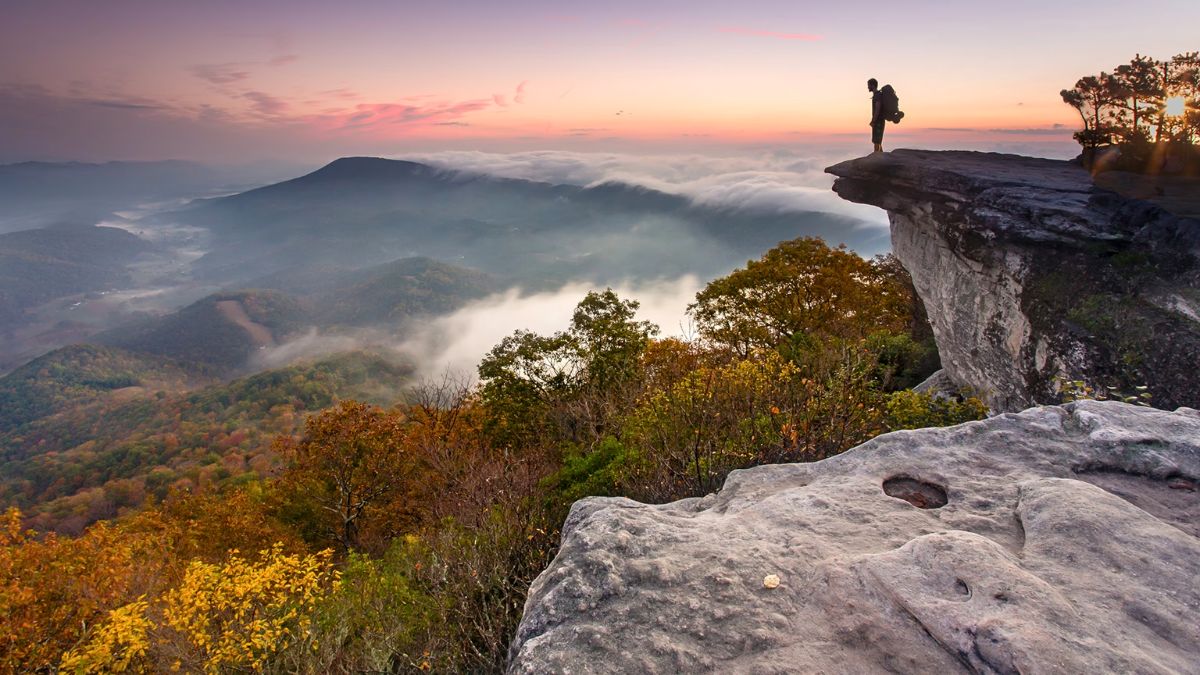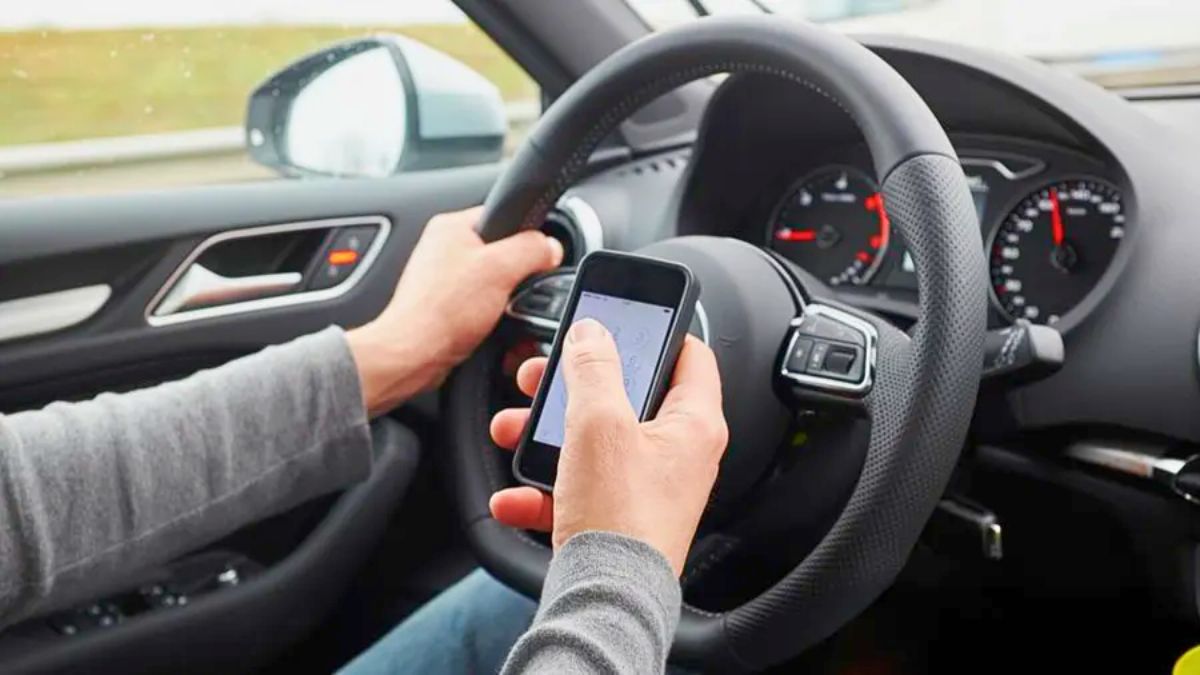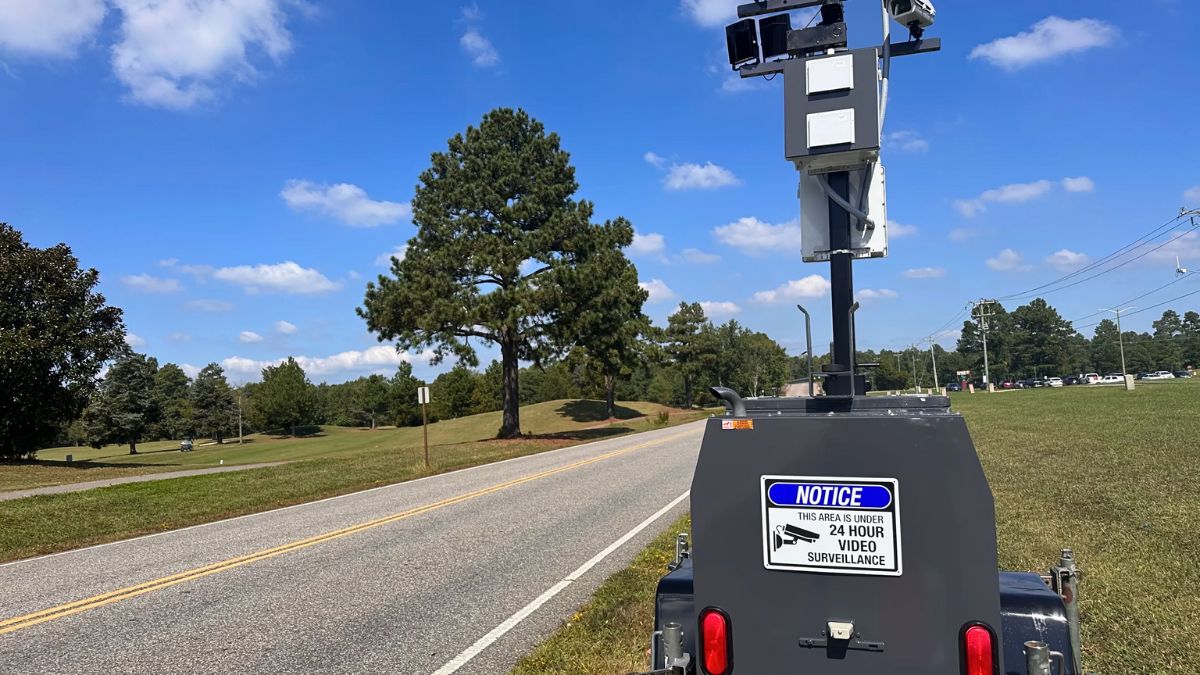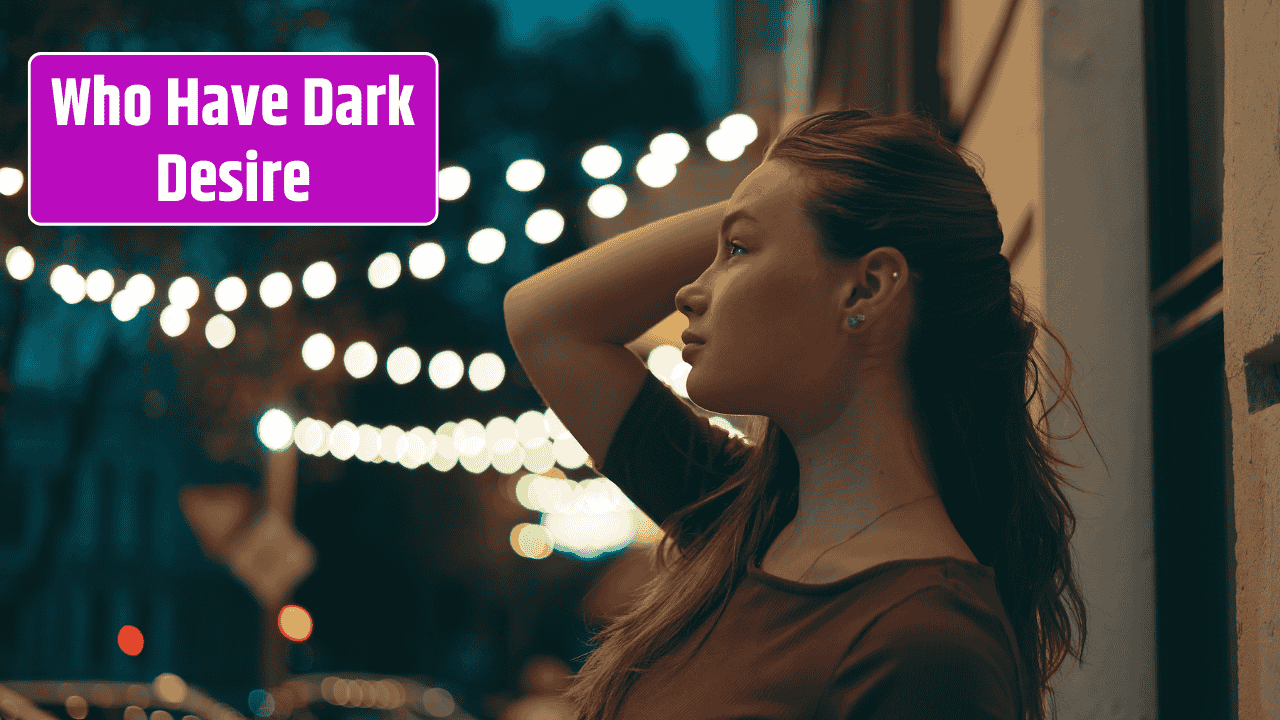Virginia offers two completely different driving experiences depending on where you are — rural backroads or bustling urban centers. If you’re planning to hit the road here, it’s smart to know what to expect in each setting. From traffic flow and road conditions to scenery and safety, here’s how rural and urban driving in Virginia stack up.
Roads
Let’s start with the basics — the roads themselves. In rural Virginia, you’re likely to encounter winding two-lane roads, scenic routes through forests and farmland, and occasional gravel paths. The pace is slower, but the terrain can surprise you with sudden curves, hills, or wildlife crossings.
Urban roads, on the other hand, are all about congestion, intersections, and constant starts and stops. Expect stoplights every few blocks, multi-lane roads, and a sea of impatient drivers all trying to get somewhere fast. Potholes and construction zones are common in city areas like Richmond or Northern Virginia.
Traffic
Rural traffic is light and easygoing. You’ll rarely get stuck in a jam unless there’s a tractor ahead or an unexpected detour. You’ll see fewer cars overall, and the slower pace makes for a more relaxed drive. It’s perfect for people who like cruising without much stress.
Urban Virginia is another story. In places like Arlington, Alexandria, or Virginia Beach, traffic can be brutal, especially during rush hours. Accidents, construction delays, and packed intersections are normal. Parking is limited and usually expensive. Apps like Waze or Google Maps can help, but don’t expect smooth sailing.
Speed
In rural Virginia, speed limits vary but often hover around 55 mph. That said, it’s easy to drive faster since the roads are open — but beware of hidden speed traps and local sheriffs. Curvy roads and poor visibility at night make speeding a risky move.
Urban speed limits are much lower, often between 25-35 mph, and they’re strictly enforced. Speed cameras and police patrols are more frequent, especially in school zones or downtown districts. You’ll also need to brake often because of stop signs, pedestrians, and traffic lights.
Scenery
This is where rural Virginia shines. You’ll drive past rolling hills, open fields, old barns, rivers, and plenty of natural beauty. Especially in places like the Shenandoah Valley or along the Blue Ridge Parkway, the view is half the fun.
In urban areas, the scenery is more manmade — think office buildings, neighborhoods, shopping centers, and busy streets. There’s still charm in places like Old Town Alexandria or downtown Charlottesville, but it’s a different kind of beauty.
Hazards
Every area has its own driving hazards. In rural Virginia, expect deer, black ice in winter, fallen branches, or even farm equipment slowly rolling down the road. Cell service can be spotty, and lighting is limited at night.
Urban hazards are more about human activity. Think distracted pedestrians, aggressive drivers, sudden U-turns, or people double-parking on busy streets. Construction sites and constant noise add to the chaos. Your reflexes will definitely get a workout.
Services
If your car breaks down, the difference is huge. In urban areas, you’re likely minutes from a mechanic or tow truck. Gas stations, restaurants, and help are all nearby.
In rural spots, help might be miles away — and so is cell service. Always keep your car gassed up and consider carrying an emergency kit with food, water, and tools just in case.
Table Comparison
Here’s a quick breakdown of how rural and urban driving in Virginia compare:
| Feature | Rural Virginia | Urban Virginia |
|---|---|---|
| Roads | Narrow, scenic, curvy | Wide, busy, many signals |
| Traffic | Light, easygoing | Heavy, stressful |
| Speed | 45-55 mph avg | 25-35 mph avg |
| Scenery | Natural, peaceful | Manmade, busy |
| Hazards | Wildlife, poor lighting | Pedestrians, congestion |
| Services | Limited, slower response | Quick, many nearby options |
Driving in Virginia offers two very different experiences depending on your location. Rural driving is calm, beautiful, and slower-paced, but it comes with its own set of challenges like limited services and wildlife hazards. Urban driving is fast, congested, and full of distractions, but everything you need is within reach. Whether you’re navigating backroads or busy highways, knowing what to expect makes your ride smoother and safer.
FAQs
Is rural Virginia driving safe at night?
It can be tricky due to low lighting and wildlife.
What’s the average speed limit in cities?
Most urban areas range from 25 to 35 mph.
Are there toll roads in Virginia?
Yes, mostly in urban areas like Northern Virginia.
Can I get cell service in rural areas?
Not always. Coverage is spotty in some regions.
Do I need a GPS for rural roads?
Yes, a GPS or map is helpful where signals drop.
